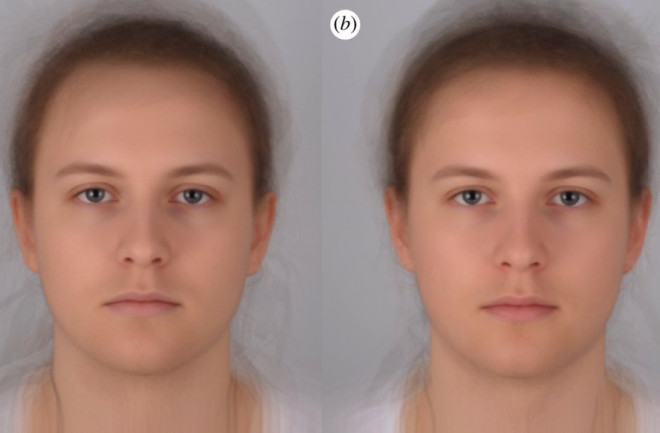Humans seem to possess an uncanny ability to read sickness on others’ faces, even in the earliest stages of an infection.
No kidding, you might say. Who couldn’t pick out a poor soul who’s been in the throes of the flu, red nose and all? But our ability to detect sickness is far more sensitive than that, according to a study by John Axelsson and his team from the Karolinska Institutet in Stockholm, Sweden. Our face-assessing abilities are, perhaps, so sensitive, that we might even detect signs of sickness in another person’s face long before they know they’re sick.

